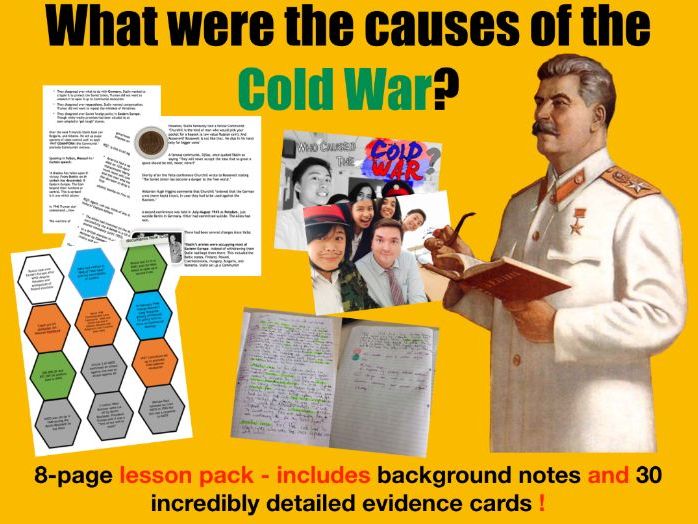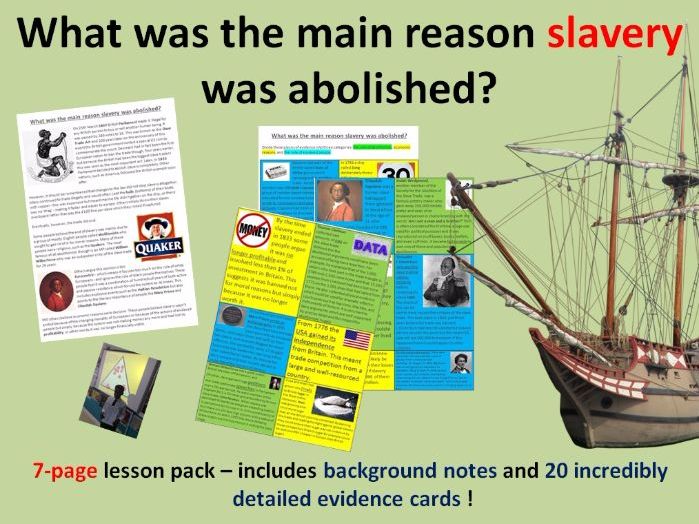Dan's History Highway
350+ ready to use and fully resourced History lessons. As a British history teacher with 25 years of experience, I understand the challenges you face in the classroom. That's why I created my store — to share high-quality lessons and to save you time. This store shares my love of History, inspires critical thinking, and get students connected with the past. I’m also an examiner and textbook author, so you can trust that my lessons align with current standards and best practices.





















